Growth of Smart City Initiatives
Japan's commitment to developing smart cities is a significant driver for the magic wall-interactive-surfaces market. As urban areas increasingly adopt smart technologies to improve infrastructure and enhance citizen engagement, the demand for interactive surfaces is likely to grow. These surfaces can serve as information hubs, providing real-time data and interactive experiences for residents. The Japanese government has allocated approximately $20 billion for smart city projects, which may include the implementation of magic wall-interactive-surfaces in public spaces. This investment indicates a strong potential for market expansion as cities look to integrate advanced technologies that facilitate communication and interaction. Moreover, the use of interactive surfaces in public areas can enhance the overall urban experience, making them an attractive option for city planners and developers.
Increased Focus on Retail Experience Enhancement
The retail sector in Japan is undergoing a transformation, with businesses increasingly focusing on enhancing customer experiences. The magic wall-interactive-surfaces market is benefiting from this trend as retailers seek innovative ways to engage consumers. Interactive surfaces are being utilized for product displays, virtual try-ons, and personalized shopping experiences, which are believed to drive sales and customer satisfaction. As of 2025, the retail technology market in Japan is projected to grow by 12%, indicating a strong demand for interactive solutions. Retailers are investing in magic wall-interactive-surfaces to create immersive environments that attract customers and encourage longer visits. This shift towards experiential retail is likely to continue, further propelling the growth of the magic wall-interactive-surfaces market as businesses strive to differentiate themselves in a competitive landscape.
Technological Advancements in Display Technologies
The magic wall-interactive-surfaces market in Japan is experiencing a surge due to rapid advancements in display technologies. Innovations such as OLED and microLED are enhancing the visual quality and interactivity of surfaces, making them more appealing for commercial and residential applications. As of 2025, the market for display technologies is projected to grow at a CAGR of approximately 15%, indicating a robust demand for high-quality interactive surfaces. This growth is likely driven by the increasing adoption of smart homes and digital signage, where interactive surfaces play a crucial role in user engagement. Furthermore, the integration of touch and gesture recognition technologies is enhancing user experience, thereby propelling the magic wall-interactive-surfaces market forward. Companies are investing heavily in R&D to develop more sophisticated and user-friendly interactive surfaces, which could further stimulate market growth.
Rising Demand for Interactive Learning Environments
In Japan, the education sector is increasingly embracing interactive learning environments, which significantly impacts the magic wall-interactive-surfaces market. Educational institutions are adopting these surfaces to facilitate collaborative learning and enhance student engagement. The market for educational technology in Japan is expected to reach $10 billion by 2026, with interactive surfaces being a key component of this growth. Schools and universities are integrating magic wall-interactive-surfaces into classrooms to promote interactive teaching methods, which are believed to improve learning outcomes. This trend is likely to continue as educators recognize the benefits of interactive technologies in fostering creativity and critical thinking among students. Consequently, the demand for magic wall-interactive-surfaces is anticipated to rise, driven by the need for modernized educational tools that cater to the evolving needs of learners.
Government Initiatives Supporting Digital Transformation
The Japanese government is actively promoting digital transformation across various sectors, which is likely to benefit the magic wall-interactive-surfaces market. Initiatives aimed at enhancing digital infrastructure and encouraging the adoption of advanced technologies are creating a conducive environment for market growth. The government has set ambitious targets for digitalization, with plans to invest over $15 billion in technology initiatives by 2027. This investment is expected to facilitate the integration of interactive surfaces in various applications, including healthcare, transportation, and public services. As organizations embrace digital solutions to improve efficiency and service delivery, the demand for magic wall-interactive-surfaces is anticipated to rise. The alignment of government policies with market needs may create new opportunities for innovation and expansion within the magic wall-interactive-surfaces market.


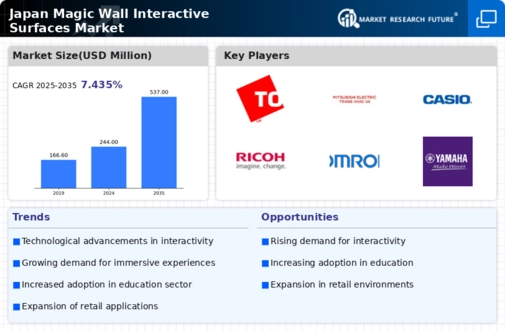
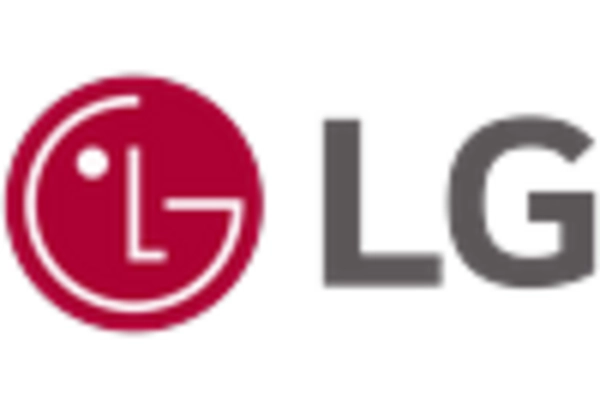

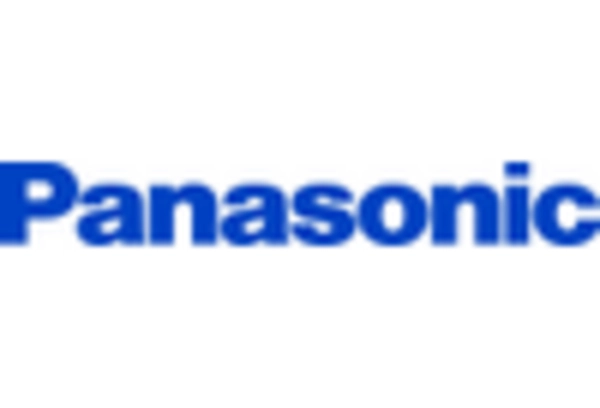
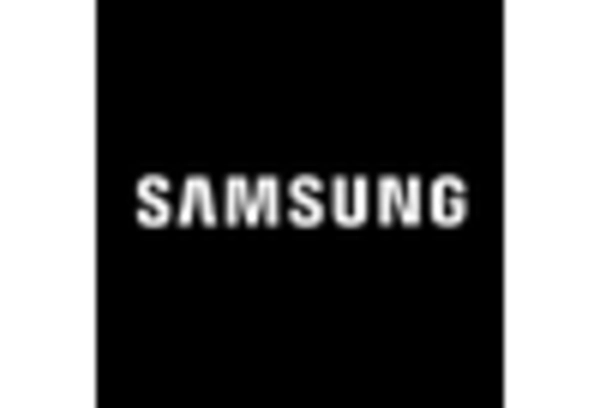
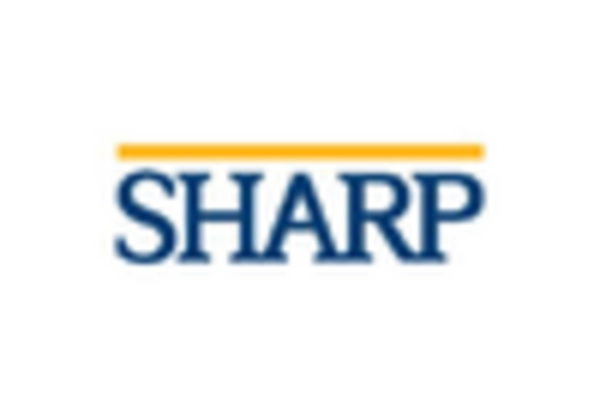
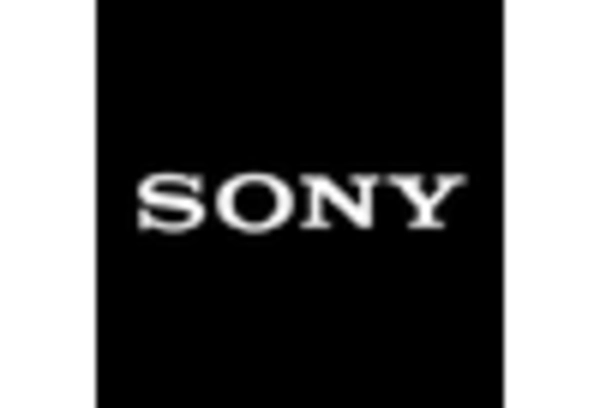








Leave a Comment